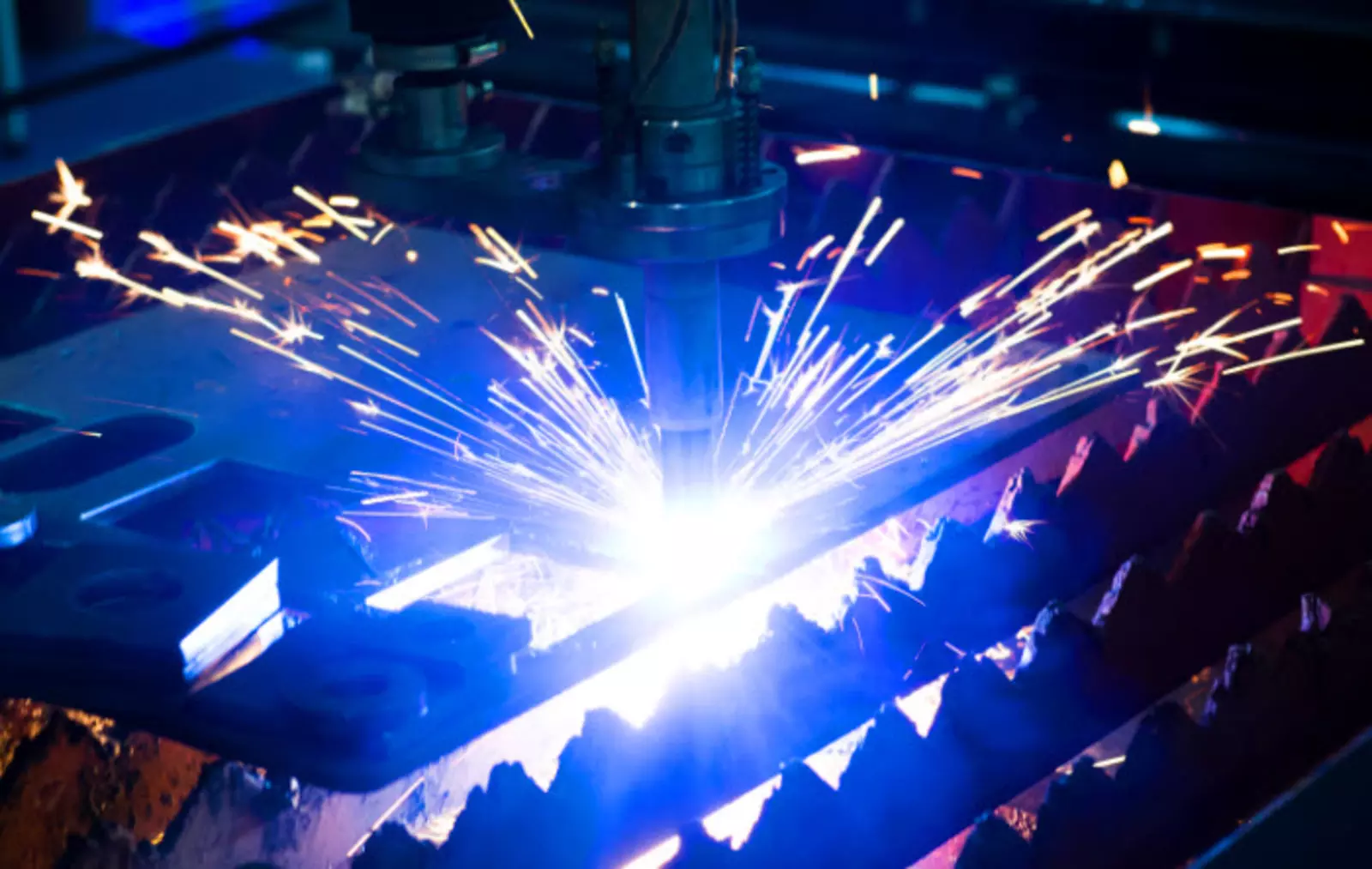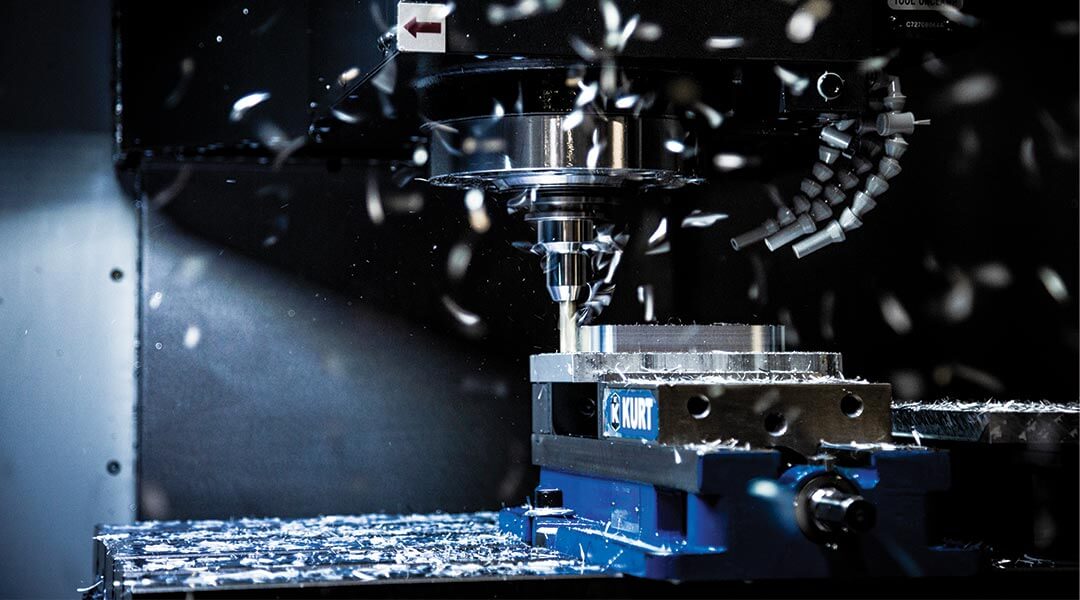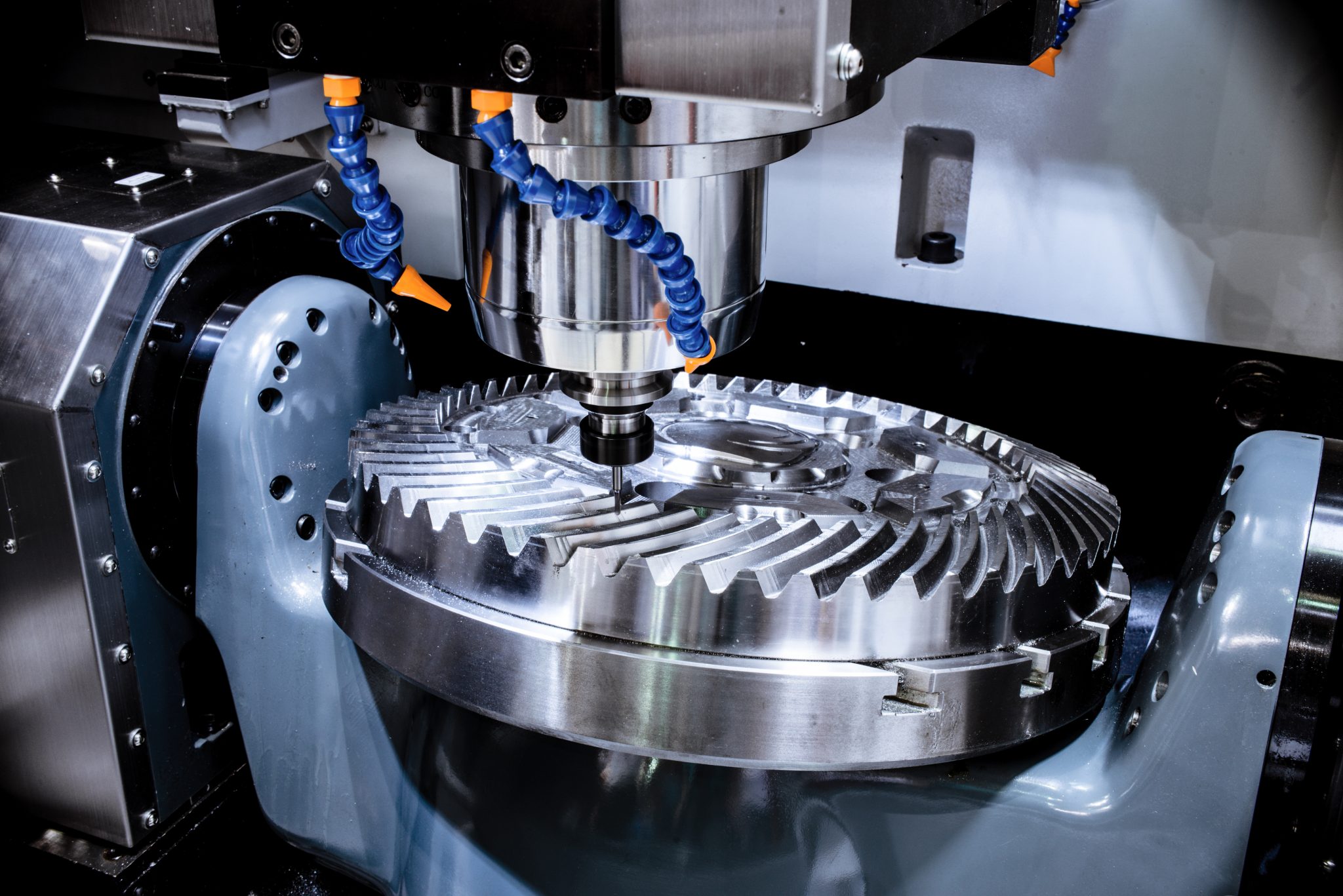The natural progression for keeping up with the increasingly speedy and digitally-oriented markets is automation, or rather CNC automation. Customers expect products faster than ever before, with unprecedented levels of quality and reliability. What’s more, the supply chain is rife with challenges, which means pushing up a production timeline is almost always beneficial — when it’s possible to do so.
However, implementing sophisticated CNC equipment and machines, to achieve automation, is not just expensive, it’s also time-consuming. You can’t just swap everything in one go and hope it works. Worse yet, when new equipment is implemented, trialing and configuration periods are absolutely necessary to ensure optimal output and performance. The question then becomes, what is the best time to introduce CNC automation into your existing operation?
Are you truly ready for automation?
Many fall into the trap of thinking that automation can be applied to any and every process. While technically true, those processes need to be well-grounded, steadily maintained, and appropriately designed. In other words, you need a full understanding of the average output, performance, and specifically, what should be automated. That takes research, time, and thorough testing.
With CNC automation, especially, you could be looking at inconsistent results if the system has not been properly vetted — you must consider product design, quality assurance, maintenance, and beyond. Moreover, employees must understand their roles, and receive the proper training wherever applicable.
It takes a considerable amount of buy-in, and if you’re not truly prepared to invest, you’re not likely to see significant results. So, take a moment to consider your operation, what processes you’d like automated, and whether or not you — and your team — are truly ready.
What tools will you need?
Converting to CNC automation, in full, is going to require new hardware, new software, and possibly even new peripherals — for example, you may have to modify your facility to meet the needs of your new equipment. There may be opportunities to utilize existing equipment by installing various devices and sensors on the legacy hardware, but that’s not always going to be the case.
It’s entirely possible to achieve world-class CNC machining and manufacturing operations without handling the tasks in-house (outsourcing) and without acquiring the equipment yourself, which is costly. You can put in orders for the components, parts, or pieces that you need to have created, and leave the logistics to an expert team. Some providers even run a two-shift operation to turn projects around much faster, as they have more time to work and respond to manufacturing matters. Whereas your team may not have the labor, supplies, or equipment to aptly finish the project.
It’s important then to consider whether or not you have the tools, and equipment, available to automate your operation. If you don’t, how long will it be until you can reasonably acquire the said equipment? Do you have the funds and resources? It may be more beneficial to partner up with a CNC machining provider who can handle the work in the interim, at the least, or who is willing to handle the work long-term.
Are you in control?
Before you can deploy advanced automation, you need to be in full control of your environment. What’s more, you need a great deal of data and information about the operation, your equipment, your performance, and beyond. Do you have the resources, for instance, to measure the conditions of your cutting tools before a project begins? Do you know if your CNC equipment can handle specific materials? Can you change out those tools or components if tolerances are not being met? Often, modern CNC machines are able to perform multiple actions. How easy is it to leverage their alternate uses, and can you automate the process to remove certain burdens?
These are merely a few questions that relate to a traditional CNC operation, but also, they’ll be relevant in an automated one. These tasks are still necessary, but the equipment and hardware at your disposal should help handle the work more efficiently, and more accurately. When CNC automation hardware is deployed you must retain that control, and ultimately, gain more through the insights gathered thanks to the newly data-oriented hardware. But most importantly, you should have the opportunity to make decisions, and react, in real-time.
Automate or hyper-automate?
Another element to consider is how much of your operation you’ll be automating and bringing online. Are there individual tasks, with a smaller scope, that would benefit? Instead, are you planning to hyper-automate, like 28% of the manufacturing industry?
Hyper-automation focuses on optimizing all stages of a process or operation, as opposed to a single aspect. It’s also a much more expansive overhaul and an incredible undertaking, even if you have processes that are already automated. The benefits, however, can be exponential and well worth the investment and include boons like higher production speed, greater precision, improved capacities, and much more.
It is possible to achieve hyper-automation by rolling out improvements at the same large scale, but with a slower timeline, as in rolling out processes one by one. There’s nothing wrong with starting small and working your way up.





